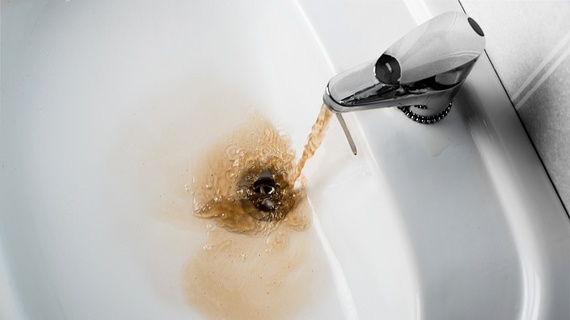
There are various reasons you might consider water tank removal. In some cases, the water tank may present a health and safety risk due to the presence of contaminants like legionella. In others, you may simply want to put the space to better use – to create a new office or work area, for example.
Before you make your final decision, however, you should think carefully about any alternative options and the implications of regulatory guidelines.
How old is your water tank?
The older your water tank is, the more likely it is to suffer from corrosion. Specifically, you should check to see if your tank is made from galvanised steel. Galvanised water tanks were manufactured back in the 70s and 80s, and are especially susceptible to corrosion without regular refurbishment.
In comparison, modern glass-reinforced plastic – or GRP – tanks are made from fiberglass, which is much more durable.
You should remember that all water tanks suffer wear and tear, so regular checks are mandatory. Corrosion in particular is something to watch out for. This may not be a problem in small amounts, but too much can lead to serious risks - such as the growth of legionella, the bacteria that causes Legionnaires’ disease.
If the corrosion is very advanced, you may have no choice but to remove the tank entirely. Your legionella risk assessment should tell you whether or not this is the case.
Is refurbishment an option?
It’s sometimes possible simply to upgrade your water tank by refurbishing the parts that are causing problems. This is often a desirable alternative to complete removal as it can help keep costs down.
The most common methods of refurbishment are to reline the tank with a new rubber lining or to prep and paint it. Be aware that there may be risks involved with relining the entire tank, as a rubber lining can tear or be punctured.
The best option is to use a paint hybrid, which is a mixture of paint and rubber that offers superior protection against leakage risks as well as corrosion.
Do you actually need a water tank?
Removing a water tank is a great option for businesses that want to increase the space available to them in their buildings.
In this case, the process involves converting the premises’ water system to rely entirely on the mains supply rather than the water tank. The feasibility of this will depend on how much demand there is for water on the premises, and whether the mains supply can keep up. If your building is large and heavily staffed, for example, it may not be possible to work as normal without a water tank.
What do the regulations say?
There are regulations and guidelines that must be followed when both installing and removing a water tank. The most important thing that you should consider is how it will affect your employees or other users within the building, both in terms of health and safety and demand.
In the latter case, if you have 200 people on site, your tank must be able to cope with the demand of these 200 people and take into account changes in pressure and temperature. Further and detailed guidance can be found in BS8558 and in The Water Supply (Water Fittings) Regulations.
In the former, your building as a whole should meet HSE guidelines for legionella compliance. To help you see whether or not you comply, we’ve created a handy checklist.








